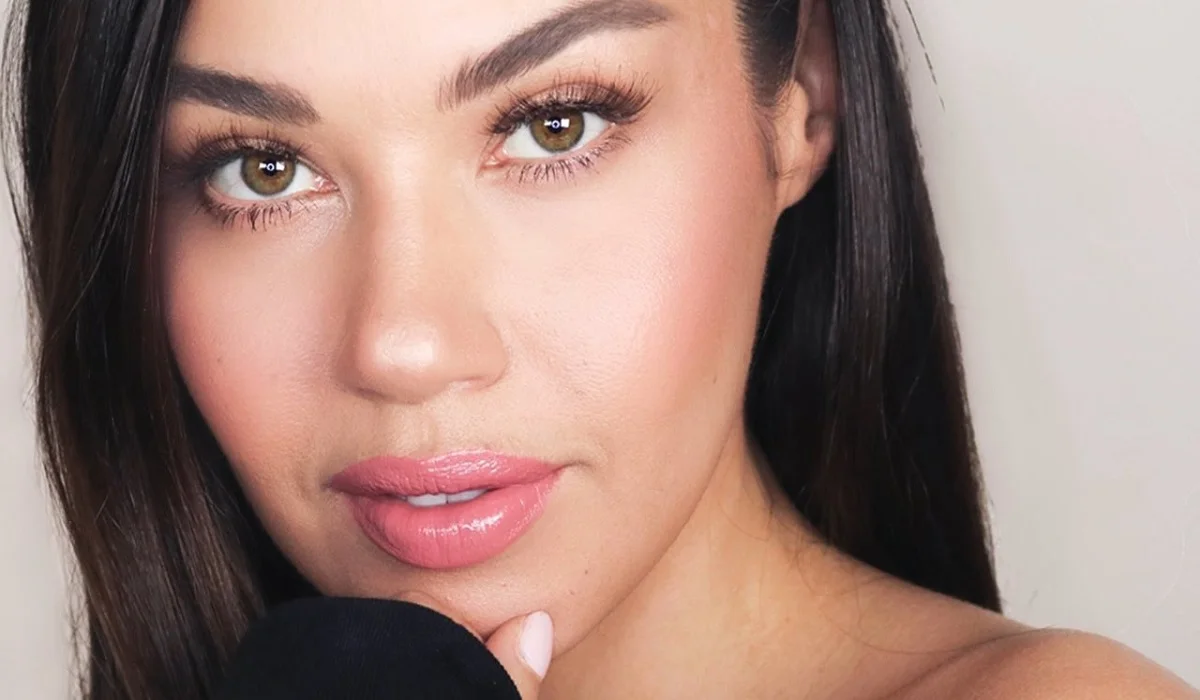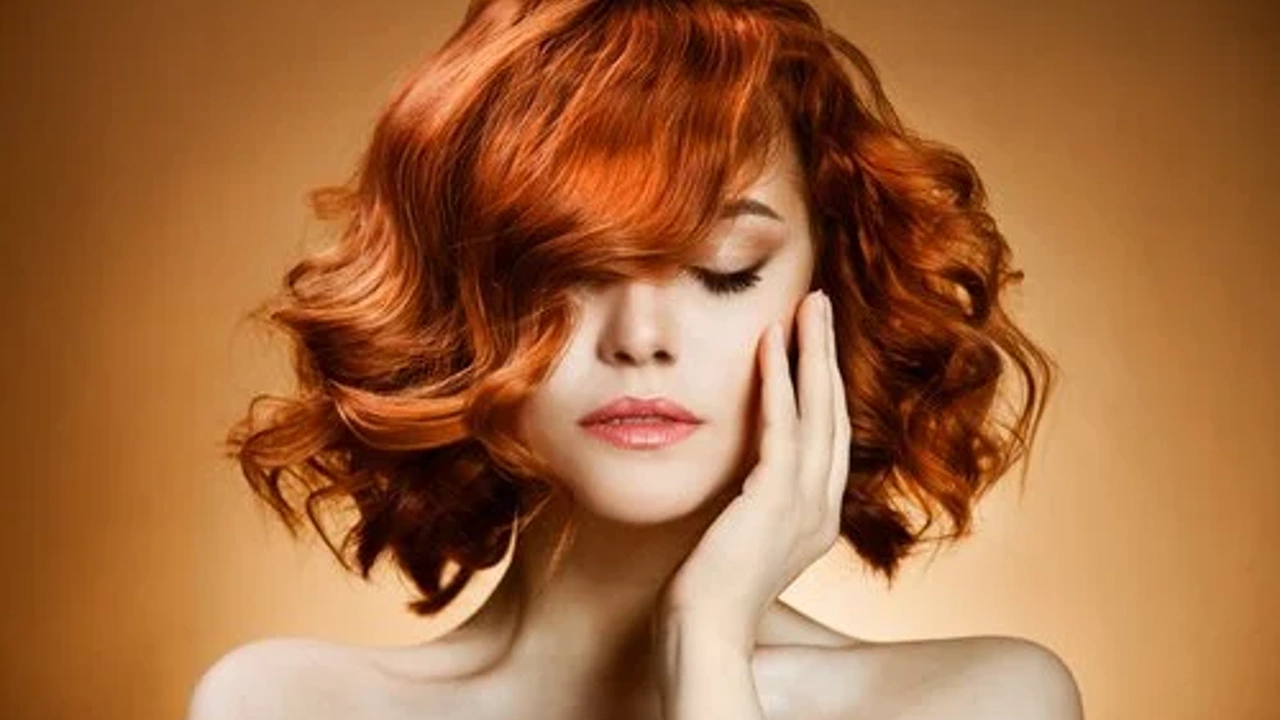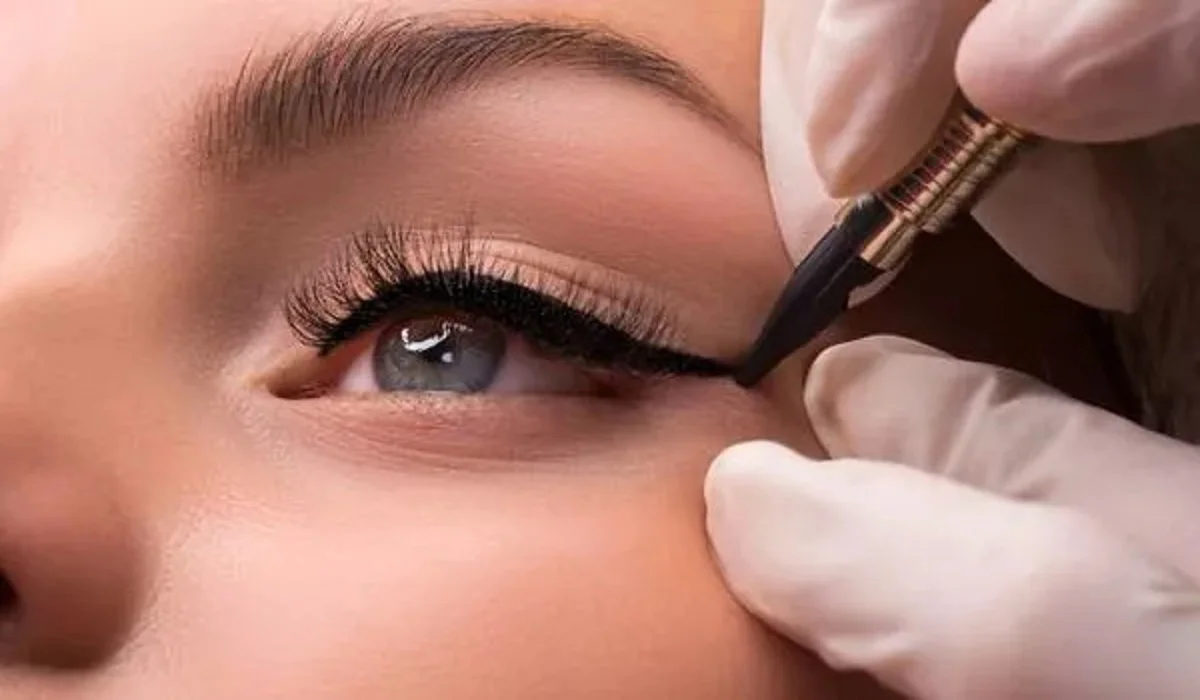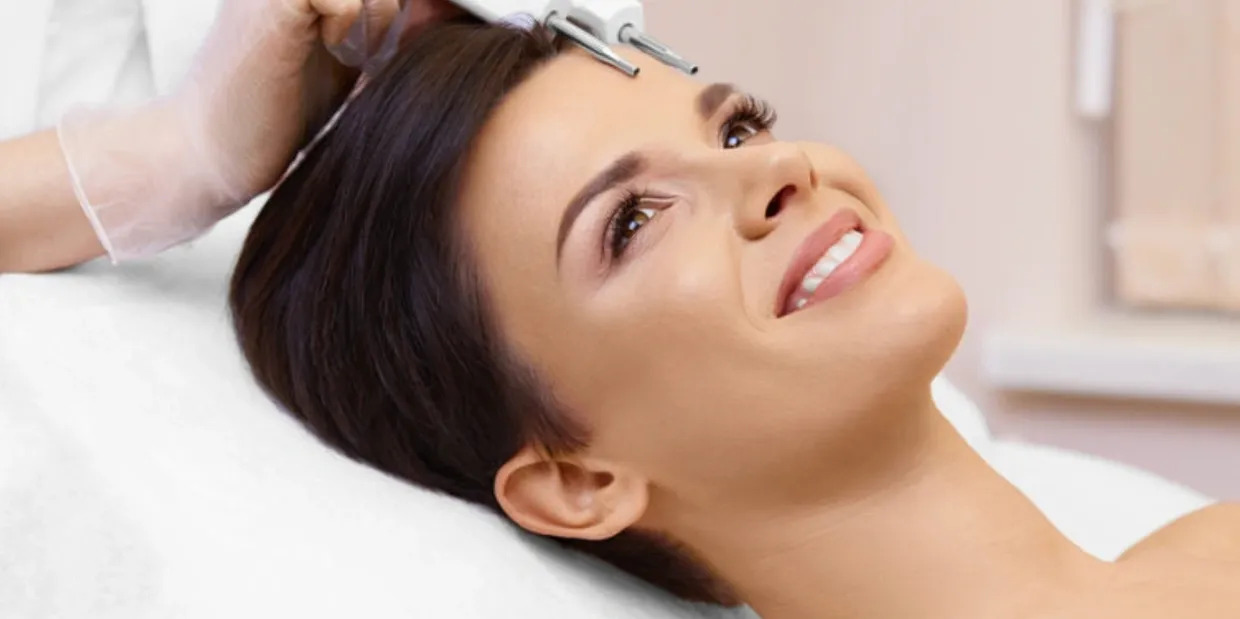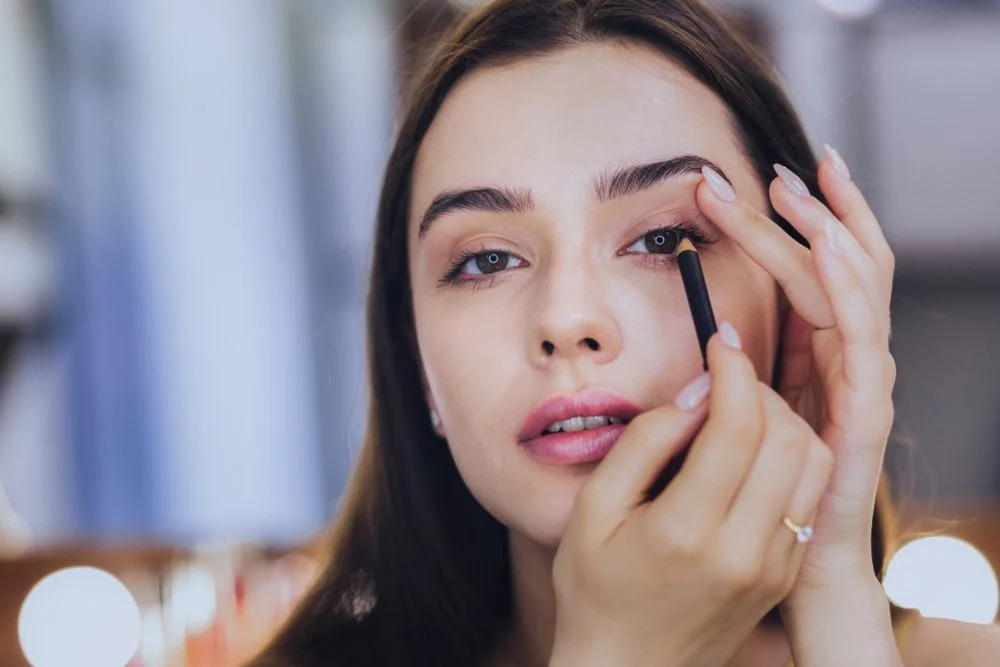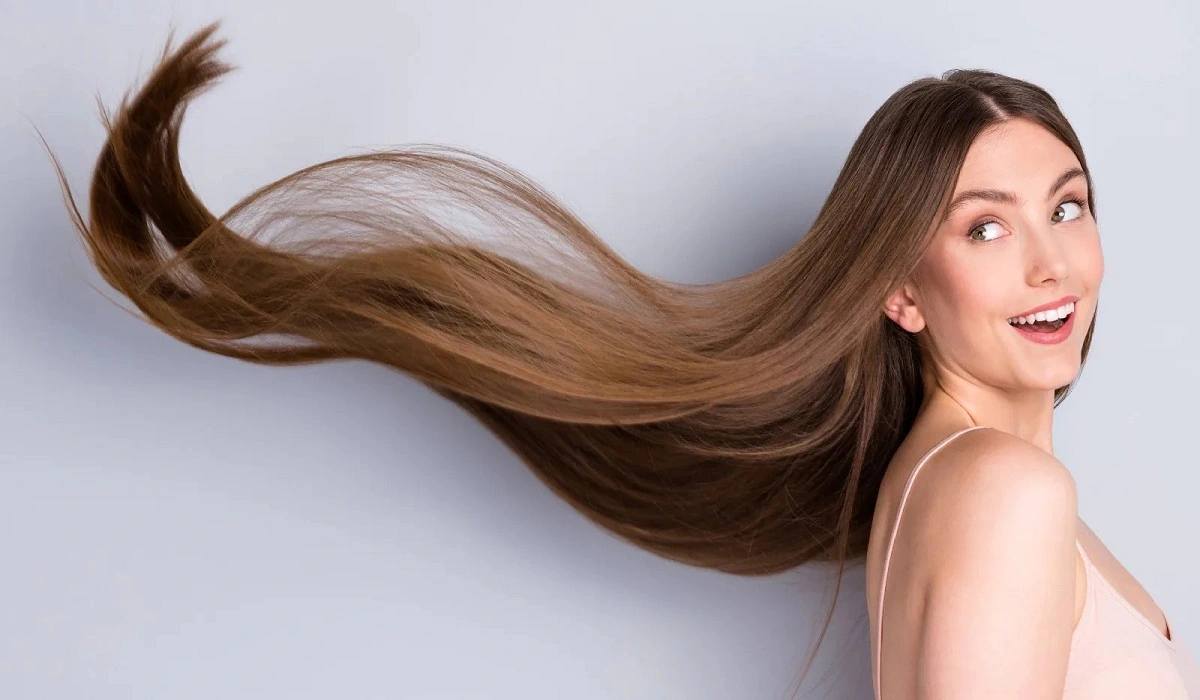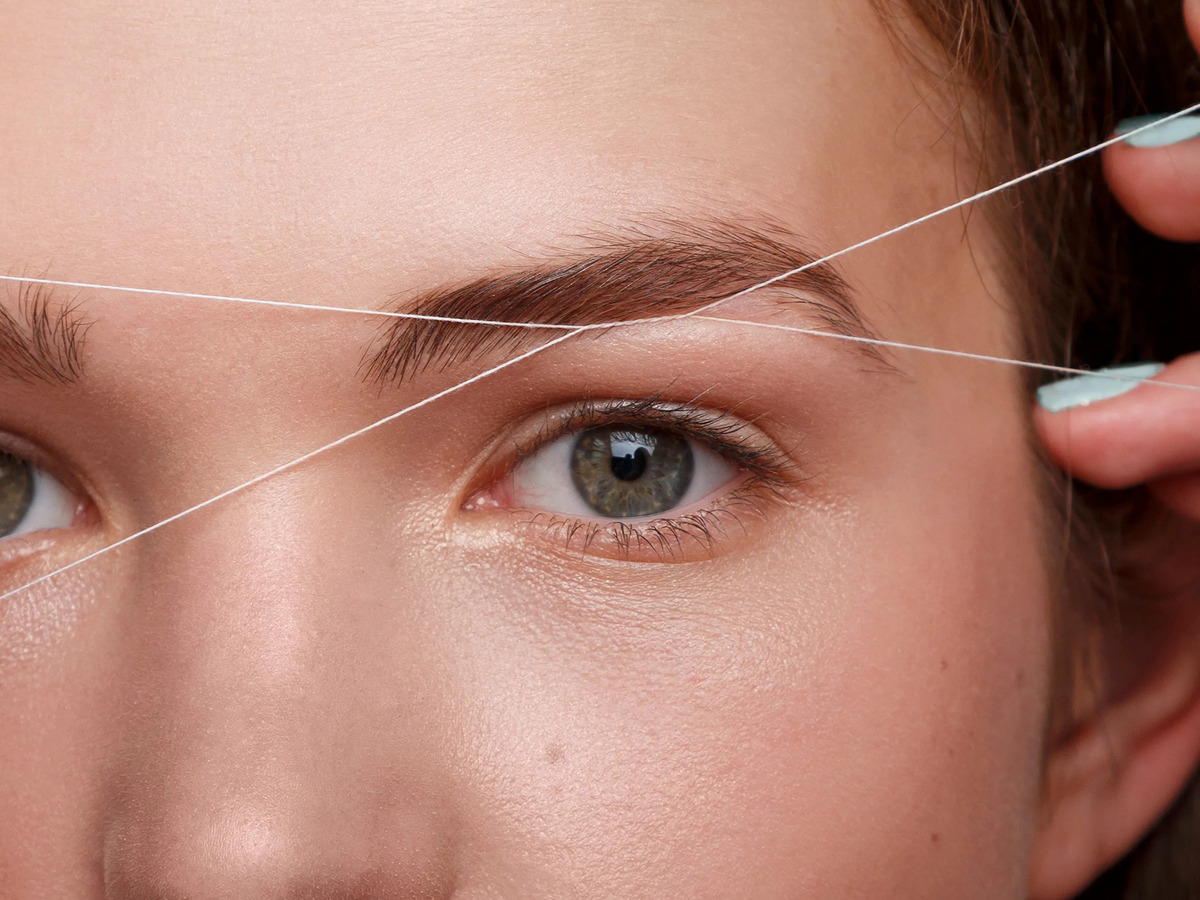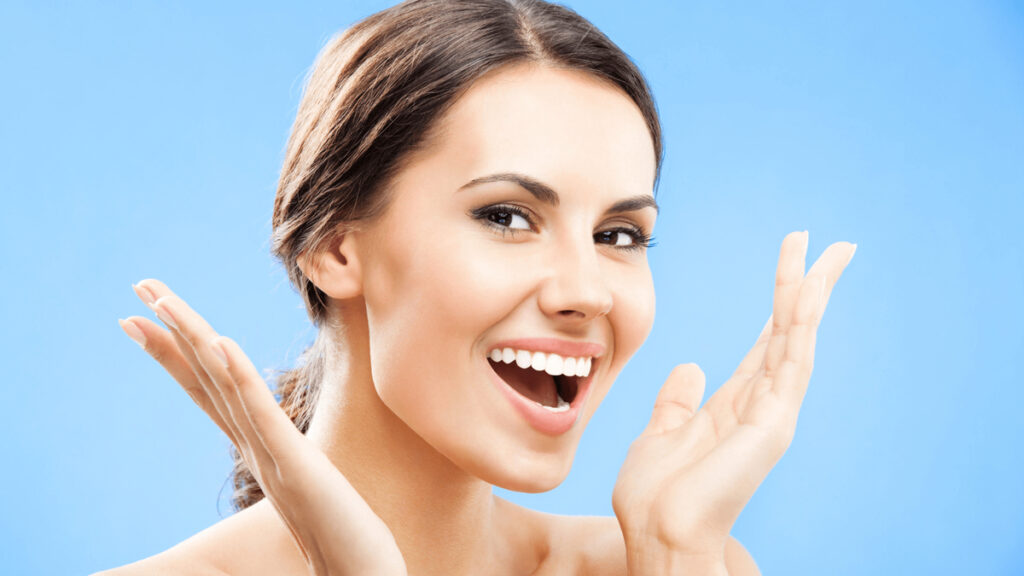
In recent years, the beauty industry has witnessed a growing demand for high-end treatments that promise glowing, youthful skin. One such treatment gaining popularity is the diamond facial. A diamond facial is a luxury skin treatment that involves the use of diamond-infused products to exfoliate.
Part 1: What is Diamond Facial?
Diamond facial is a type of facial in which diamond-infused products are used to rejuvenate and improve the appearance of the skin. Products used in diamond facials contain diamond powder, which is said to help exfoliate and remove dead skin cells, making skin look brighter and younger. Diamond powder is also believed to stimulate collagen production, which can help reduce the appearance of fine lines and wrinkles.
Part 2: Benefits of Diamond Facial
There are several benefits of getting a diamond facial. First, the exfoliating properties of diamond powder can help remove dead skin cells that can clog pores and lead to acne breakouts. Secondly, diamond powder can stimulate blood circulation, which can improve skin tone and texture. Third, diamond skin care helps reduce the appearance of fine lines and wrinkles, making the skin look younger. Finally, diamond facials can moisturize the skin, leaving it feeling soft and supple.
Part 3: Diamond Facial Procedure
A diamond face typically includes several steps. First, the skin is cleaned so that it is free of any dirt or make-up. Secondly, the diamond peeling cream is applied to the skin and massaged with circular movements. The cream is left on the skin for a few minutes before washing it off. Third, a diamond-infused serum is applied to the skin and left for a few minutes to absorb into the skin. Fourth, a diamond-infused mask is applied to the skin and left for 10-15 minutes before washing off. Finally, a moisturizer and sunscreen are applied to protect the skin from further damage.
Chapter 4: Who Can Benefit From The Diamond Facial?
Diamond facials are suitable for all skin types, but are especially beneficial for those with dull, dry or mature skin. If you have sensitive skin, it is important to consult a dermatologist before having a diamond facial as the exfoliating properties of diamond powder may be too harsh for some.
Part 5: The Cost of a Diamond Facial
Diamond skin care is considered a high-end treatment and therefore can be quite expensive. The cost of diamond facial care may vary depending on the area to be treated, the products used and the expertise of the esthetician. On average, a diamond facial can cost anywhere from $150 to $500.
Chapter 6: Is Diamond Skin Care Worth It?
Whether a diamond facial is worth it is subjective and depends on personal preferences and budget. If you’re looking for a luxurious, high-end treatment that promises to revitalize and hydrate your skin, the diamond facial may be worth the investment. However, if you’re on a tight budget, there are many other facials that can provide similar benefits at a lower cost.
Diamond facials are a luxurious and effective way to rejuvenate and improve the appearance of the skin. While they are expensive, they offer a variety of benefits, from exfoliating and hydrating the skin to reducing the appearance of fine lines and wrinkles. If you’re looking for a high-end facial that promises to make your skin look radiant and youthful, the diamond facial might be worth considering.

Chapter 7: Diamond Skin Care at Home
While diamond facials are typically done in a spa or salon setting, it is possible to do diamond facials at home. There are several homemade diamond facial kits on the market that include diamond-infused products such as cleansers, exfoliators, serums, and masks. However, it’s important to remember that doing a home facial may not provide the same level of expertise and attention as a professional facial.
Chapter 8: Measures to be Taken
Before getting a diamond facial, it’s important to take some precautions to ensure the treatment is safe and effective. First, it’s important to avoid any facial treatments that involve harsh exfoliation or chemical peels for at least a week before getting a diamond facial. This is because these treatments can make the skin more sensitive and prone to irritation. Second, it is important that you report any allergies or sensitivities you may have to the esthetician. Third, it is important to avoid direct sun exposure for a few days after getting a diamond facial, as the skin may be more sensitive to UV rays.
Chapter 9: Alternatives to Diamond Skincare
If you’re looking for alternative facials that offer similar benefits to a diamond facial, there are a few options to consider. Some popular alternatives include:
Microdermabrasion: This is a non-invasive skin resurfacing treatment that involves the use of a special tool to exfoliate the skin and remove dead skin cells.
Chemical peels: These are facial treatments that involve the application of a chemical solution to the skin to exfoliate and improve skin texture.
Hydrating facials: These are facial treatments that focus on hydrating and nourishing the skin, often through the use of masks, serums, and moisturizers.
Part 10: Conclusion
In conclusion, a diamond facial is a luxurious and effective way to rejuvenate and improve the appearance of the skin. While they may be expensive, they offer a range of benefits and are suitable for most skin types. If you are considering getting a diamond facial, it is important to take precautions to ensure that the treatment is safe and effective, and to consider alternative facial treatments if a diamond facial is not within your budget.

